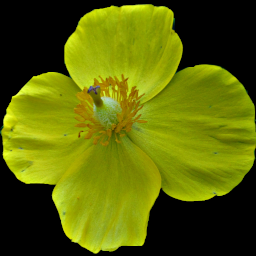 Beautiful purple flowers bear more than a passing resemblance to their cousins the Virginia Bluebells. Comfrey is a European import brought here as part of the herbalist’s basic tool kit. It was used to treat digestive problems, but it contains poisons that could kill you, though you might die with excellent digestion. It has also been used as an ointment for treating wounds, but applying it to broken skin can also get the poison into your system. So perhaps it’s best just to enjoy the beauty of the flowers, and leave medicine to the pill peddlers.
Beautiful purple flowers bear more than a passing resemblance to their cousins the Virginia Bluebells. Comfrey is a European import brought here as part of the herbalist’s basic tool kit. It was used to treat digestive problems, but it contains poisons that could kill you, though you might die with excellent digestion. It has also been used as an ointment for treating wounds, but applying it to broken skin can also get the poison into your system. So perhaps it’s best just to enjoy the beauty of the flowers, and leave medicine to the pill peddlers.
Comfrey likes wet feet: this plant was growing beside a stream in Manor, Westmoreland County.
Gray describes the genus and the species:
SÝMPHYTUM [Tourn.] L. COMFREY. Corolla 5-toothed, the short teeth spreading. Stamens included; anthers elongated. Style thread-form. Nutlets erect, fixed by the large hollowed base, which is finely toothed on its margin. — Coarse perennial herbs, with thickened bitterish mucilaginous roots; the nodding raceme-like clusters either single or in pairs. (Ancient Greek name from symphyein, to cause to grow together, probably for its reputed healing virtues.)
S. officinàle L. (COMMON C.) Hairy, branched; upper leaves deeurrent upon the stem in broad cuneate wings, the lower large, ovate or ovate-lanceolate; calyx-segments lance-linear; corolla yellowish- or pinkish-white to bluish- or roseate-purple; nutlets nearly smooth, somewhat shining. — Moist places, escaped from gardens. June, July. (Introd. from Eu.)







